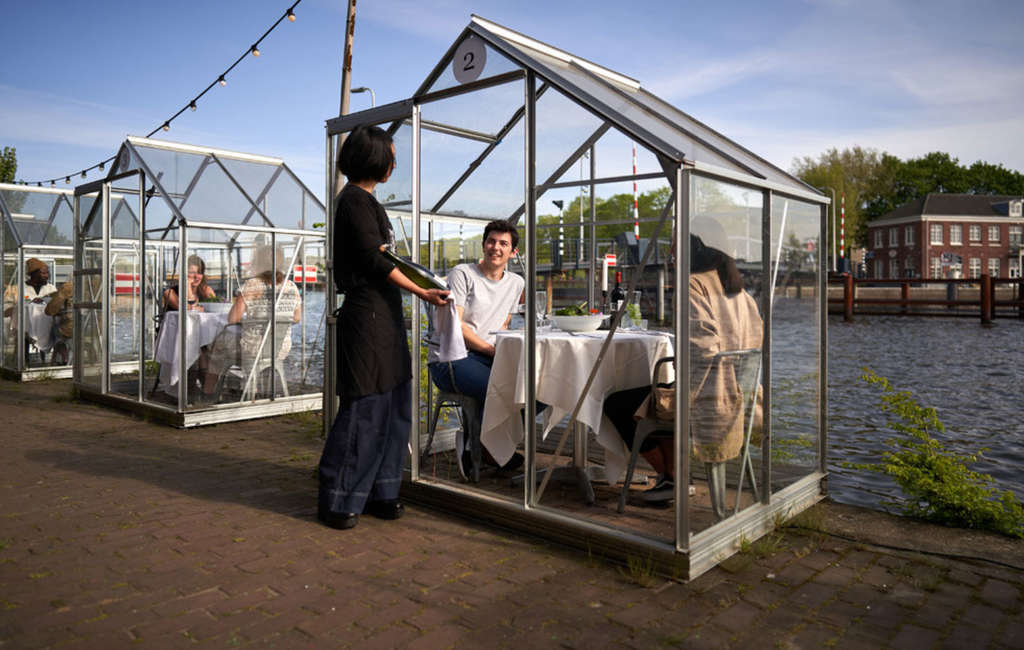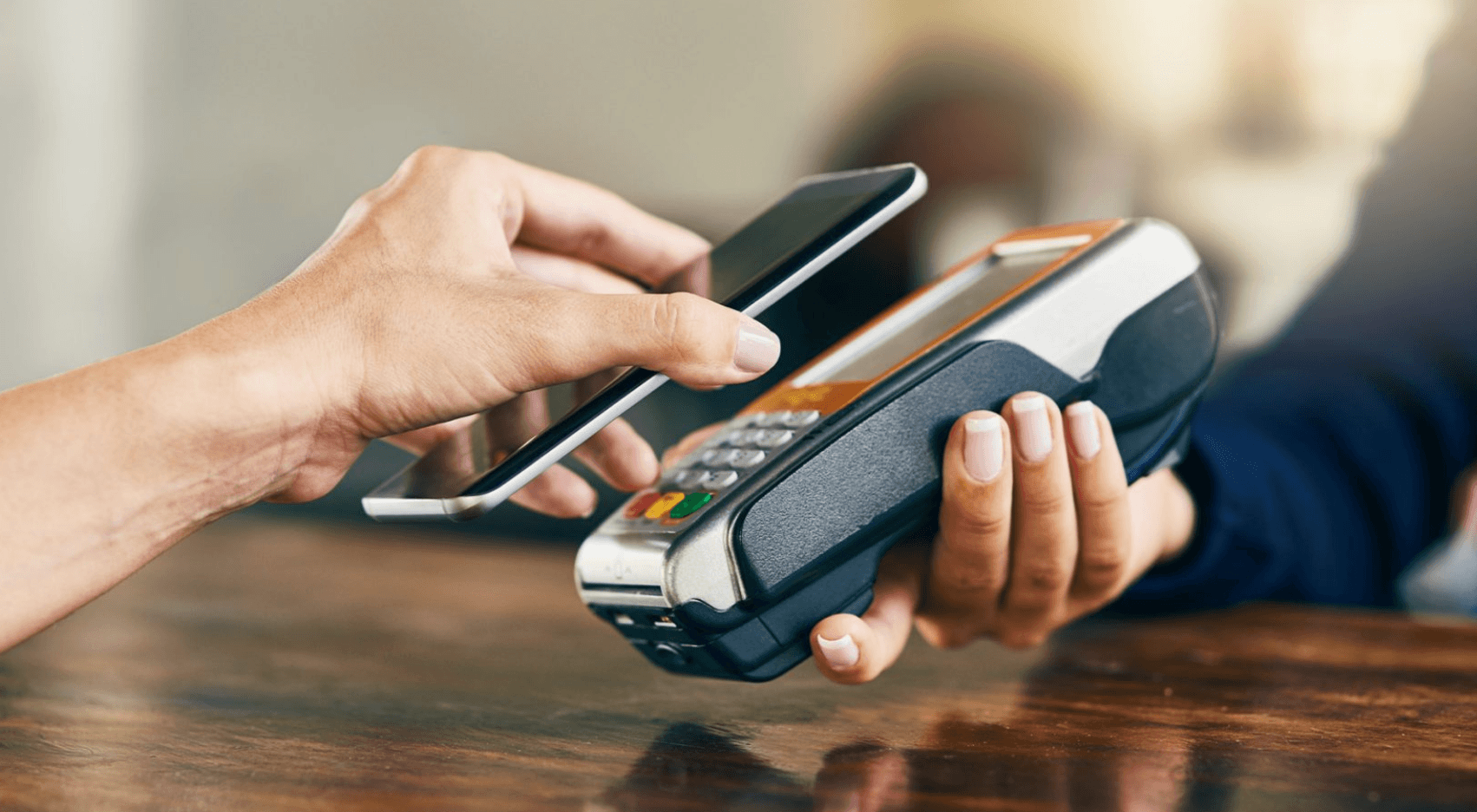What Customers Expect From Restaurants in the Times of COVID-19
Restaurant management has a duty to ensure that patrons feel safe and comfortable at all times when visiting their eatery and/or purchasing menu items. This is one of the core goals of running a restaurant. However, this practice has become more challenging due to the COVID-19 pandemic.
Many restaurants faced great difficulty during the early days of the Coronavirus crisis when they were forced to halt their operations. This led to many staff members being let go, and some establishments shutting down permanently. However, the silver lining of these measures was that they helped the country get the pandemic under control.
In July of this year, the UK government announced that restaurants and pubs would be allowed to reopen as long as they follow special measures to keep patrons safe from COVID-19. Let’s look at the changes customers can expect from restaurants in the pandemic’s wake.
1. Social Distancing Measures
Social distancing measures have proven invaluable in slowing down the spread of the Coronavirus. Maintaining a distance of two meters from other restaurant patrons is still one of the most effective ways to keep yourself safe from the virus. These measures should continue being practiced in any indoor space until a cure or vaccine is developed.
2. Allowing Household Groups into Restaurant Spaces
Asking groups of patrons to maintain social distancing measures can seem impractical in eateries where the seating at tables is only a few inches apart. However, health officials have ruled that such seating arrangements can be used relatively safely if groups are limited to a total of six individuals from up to two households.
These measures are quite reasonable, given that the average restaurant group consists of 3.7 individuals. Additionally, children under the age of 12 from any of the two households do not contribute towards this limit.
So you can expect restaurant hosts to ask how many people are in your group, and whether or not they are from the same household before offering you seating at the establishment.
3. Wearing Masks
One of the most widespread COVID-19 safety measures for restaurants is the addition of masks for cooks and servers. These staff members will be preparing food items and/or interacting with patrons, which is why restaurant management should ensure they do not transmit the virus to customers through menu items or from direct interactions at tables.
Patrons do not have to follow these mask-wearing measures as they could be impractical while eating. However, you may be asked to wear a facemask while standing in line or waiting to be seated around other groups.
Wearing a facemask also allows patrons to bypass certain social distancing measures. The recommended 2 meter distance between different groups can be reduced to 1 meter if both parties are wearing a mask.
4. Outdoor Seating

Many restaurants feature tables that are arranged very close to one another due to space restrictions. However, this arrangement makes some indoor seating unsafe for patrons. To combat this problem many restaurants have begun limiting the number of patrons they can safely accommodate indoors.
Another way for restaurants to get around this issue is to set up tables outside their location. The UK government has introduced a temporary law through which restaurants and pubs can apply for “pavement” licenses that allow them to set outdoor tables and seating to accommodate patrons. This enables restaurants to operate and keep customers safe without having to reduce their seating capacity.
So the next time you visit a restaurant in your area, ask them if they have any outdoor seating options available.
5. Perspex Screens
In situations where restaurants are unable to provide patrons with outdoor seating, perspex screens can be set up in-between tables. These are clear plastic panels that work as impermeable barriers to keep COVID germs from spreading between tables.
These offer added protection in indoor spaces where patrons are not wearing masks. Perspex screens can also be set up at the entrance counter where patrons interact with hosts, and at food preparation stations.
6. Touchless Accessories
Touchless accessories have gained widespread popularity during the pandemic. These consist of fittings such as door handles, soap dispensers, and faucets with infrared sensors that can be operated without directly touching them.
Touchless accessories enable patrons to enter restaurants and use their facilities without spreading or contracting COVID-19 germs via touch. This makes them an invaluable addition during the Coronavirus crisis.
7. Contactless Payment Methods

Many restaurants have begun offering patrons contactless payment methods to reduce their likelihood of contracting or spreading the virus. These are payment options where customers can pay for their meal without exchanging cash directly at payment terminals. This arrangement could be useful as physical currency changes hands often and may be spreading the virus.
One contactless payment method that existed prior to the pandemic are contactless smart cards. These are special credit and debit cards that can be used by hovering them a few millimeters above a scanner at a payment terminal.
In addition to this, many restaurants accept mobile wallet payment options such as Google Pay and Apple Pay. These enable customers to complete payments by holding their phone above the payment terminal, and without touching any keypads or buttons.
8. Encouraging Takeout and Delivery
Restaurants across the country have also begun offering takeout and delivery services. This allows eateries to provide patrons with food without using up precious seating capacity at their outlet.
These options can also be used with contactless payment methods, as customers can purchase their order in advance using their credit card or debit card online.
Restaurants will need to implement many changes to maintain customer satisfaction during the pandemic. Failing to do so could lead to loss of customers or the business being shut down by local health officials. If your favorite restaurant hasn’t been following the aforementioned measures, you should inform them about the different COVID-19 safety practices they should be using.
